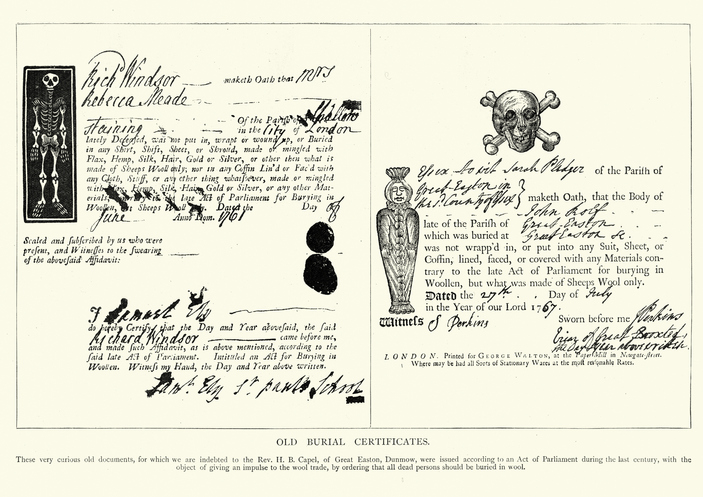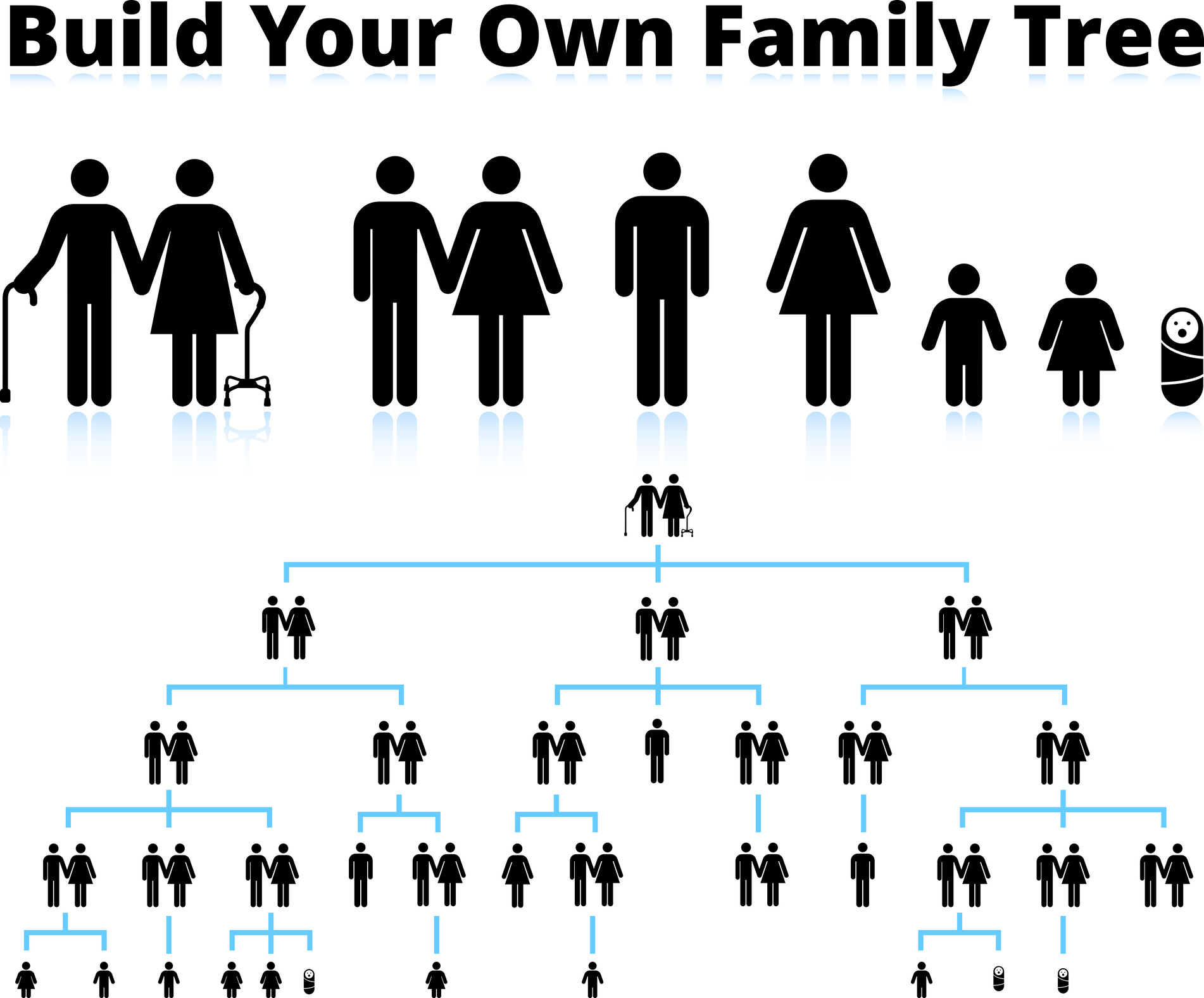
Source: yulkapopkova / Getty
Have you noticed an uptick in tracing family genealogy? Technology Review reports that more than 26 million people have used at-home testing kits to trace their ancestry. One professor of sociology tells Rutgers University that this desire to know where you’re come from stems from several factors, including proving “legitimacy” of one’s background for social standing capitaland even an older biological desire to confirm someone’s background before mating with them.
Has the genealogy bug has bitten you? Are you interested in seeing how far back you can trace your ancestors? The process might seem overwhelming at first and it’s a multifaceted experience. There’s no one way to trace your roots, but here’s a look at the genealogy process for beginners who are looking to go back and build that family tree.
What Are You Looking For?

Source: Goodboy Picture Company / Getty
You might want to know every single person who ever existed in your family, but that net is too broad and casting it won’t bring in much that is useful. It’s important to start small. You can build your database piece by piece. Before beginning the process, ask yourself what exactly you want to know. Focus on one individual that you want to track down. For example, you might want to know where your great, great, great grandmother was born. Having a specific goal like this helps you make your detailed plan of what to do next. Remember, finding this one relative will help you find subsequent ancestors.
Gather Data You Already Have

Source: kate_sept2004 / Getty
You probably already have some information about the individual you’re searching for, like photographs, a death certificate or a last known address. You might have access to knowledge you didn’t know about, too. Your family members are rich resources for family history research. These topics might have just not come up over the years, but your family members might have valuable information that could help you start your search. You just have to ask. Get the message out there that you are tracing your family roots. Send out an email to your larger network of family letting them know who you’re looking into, and asking if they have any information.
Utilize Online Resources

Source: duncan1890 / Getty
There are several useful online resources that can help you find more information about your ancestor. Today, there are hundreds of online databases containing documents ranging from obituaries to censuses to court orders that can help you further fit together the pieces of the puzzle. Many also allow you to contribute the documents and data you already have, and those items could help the sites better narrow your search. For example, one database could have a photograph containing an image of this ancestor. All that is known is their name and approximate age. The location might have been speculative in the past, but your addition of a supplementary document like a marriage license could finally answer the question of where the photo was taken. It is a highly collaborative process.
Build A Chart

Source: bubaone / Getty
Put together a chart depicting a timeline of the individual’s life. If you have information now such as last known address, death certificate, marriage date and voter registration, you can create a flow chart, lining up these items in chronological order. You will begin to get a sense for the direction of the person’s life. Knowing where they were at certain times, what they did, who they were with and information like that helps you begin to piece together the mystery of where they came from or where they were headed.
Keep Family Informed

Source: fstop123 / Getty
Your family will continue to be a useful resource. Some of what you discover could jog their memory or create lightbulb moments for them. Keep your family up to date on what you find. Share with them images of documents that you dig up. You never know what could spark a memory for someone in your family, drawing up an additional piece of the puzzle. Be prepared for this to take time. You can start a private Facebook group for family members who are interested in the project, where they can post and share what they find. You can also have a living document, such as a Google Doc, where members can add information to the timeline as they find it.
A Note About DNA Testing

Source: fotostorm / Getty
We can’t have this conversation without touching on ancestry firms such as 23andMe who collect DNA samples to trace one’s ancestry. These tests can be expensive, and it is important to know that they are historically more accurate for individuals of European descent than of African descent. 23andMe published a blog admitting that their research has not expanded far enough into minority groups. They have begun several initiatives to collect more data and samples from those of African descent, but to date, the use of such a service will most likely not be as accurate for a Black customer as it would be for a white customer. That is not to say DNA ancestry testing is entirely useless for the Black community, but it does make the addition of the research discussed above especially important to painting the full picture.


0 Commentaires